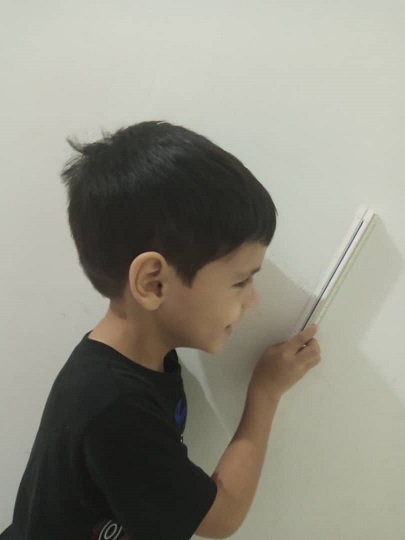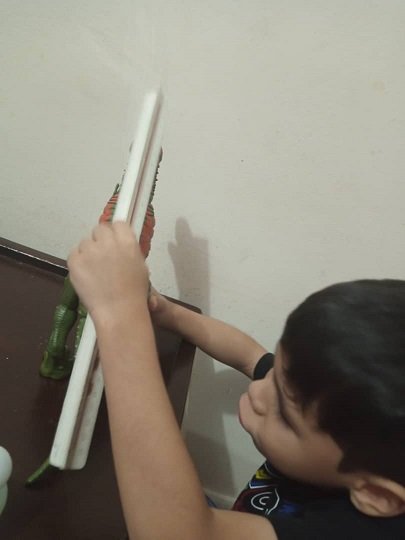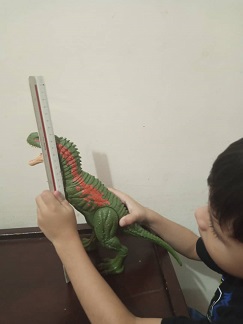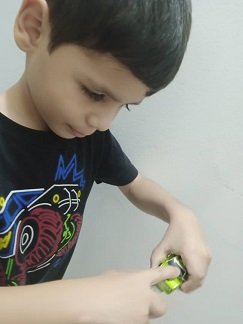
Source: @tomaspalomo
Measurements are part of those math skills that help us for the rest of our lives, sometimes when I am with the children and their activities I remember my own learning and that's when I say, oh sure, that's what the teacher told me it would be useful for. And, without a doubt, measurements, volume and size is a learning that when we get it we can use it in almost everything in our lives. I must point out that we are going to apply all the strategies in a fun way so that the little ones feel that they are playing and in this way we will put aside a little of the fear that some may feel for numbers and mathematics in general.
Some of the strategies are:
How tall am I, this activity we do with our little ones almost all as they are gaining size, almost all of us have a marked door or a wall where we are placing small stripes to show how much they have grown, then we can show the children not only with the marks on the wall, but we can also use a meter to point out the amount in number that were surpassing since the first time they were measured. We can even play at measuring including hair or if they stretch their hands, we can measure how long their arms and legs are, it's something they are curious about and really like.

Source: @tomaspalomo
Another strategy is to teach them to measure with a ruler the things they have as part of their environment, whether it is a toy, a book or magazine. We can use different objects with different sizes so that they can see the differences and discover the different measurements. With the objects we can also explain the volume and weight, for example, if we take a small toy car and a bigger one, at first sight they will be able to tell us which one is bigger and which one is heavier when we lift them. Then, we will take the measurements of both toys to test the differences and if we have a weight at home we can use it to determine numerically the weight of each one.


Source: @tomaspalomo
As you can see these are simple activities that we can do with our little ones, in these we are not going to delve into the units of measurement or meters and centimeters, these activities try to make the children discover little by little what the measures are about through the differences between objects. Later, we can go on to explain what the units of measurement are and we will start with the meter, centimeters and millimeters, but only when they are able to identify in number the measurements with the use of different objects. I hope these simple strategies have been useful and if you have others that you would like to share, please do so in the comments.